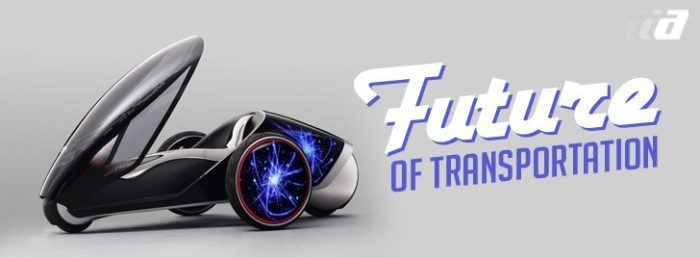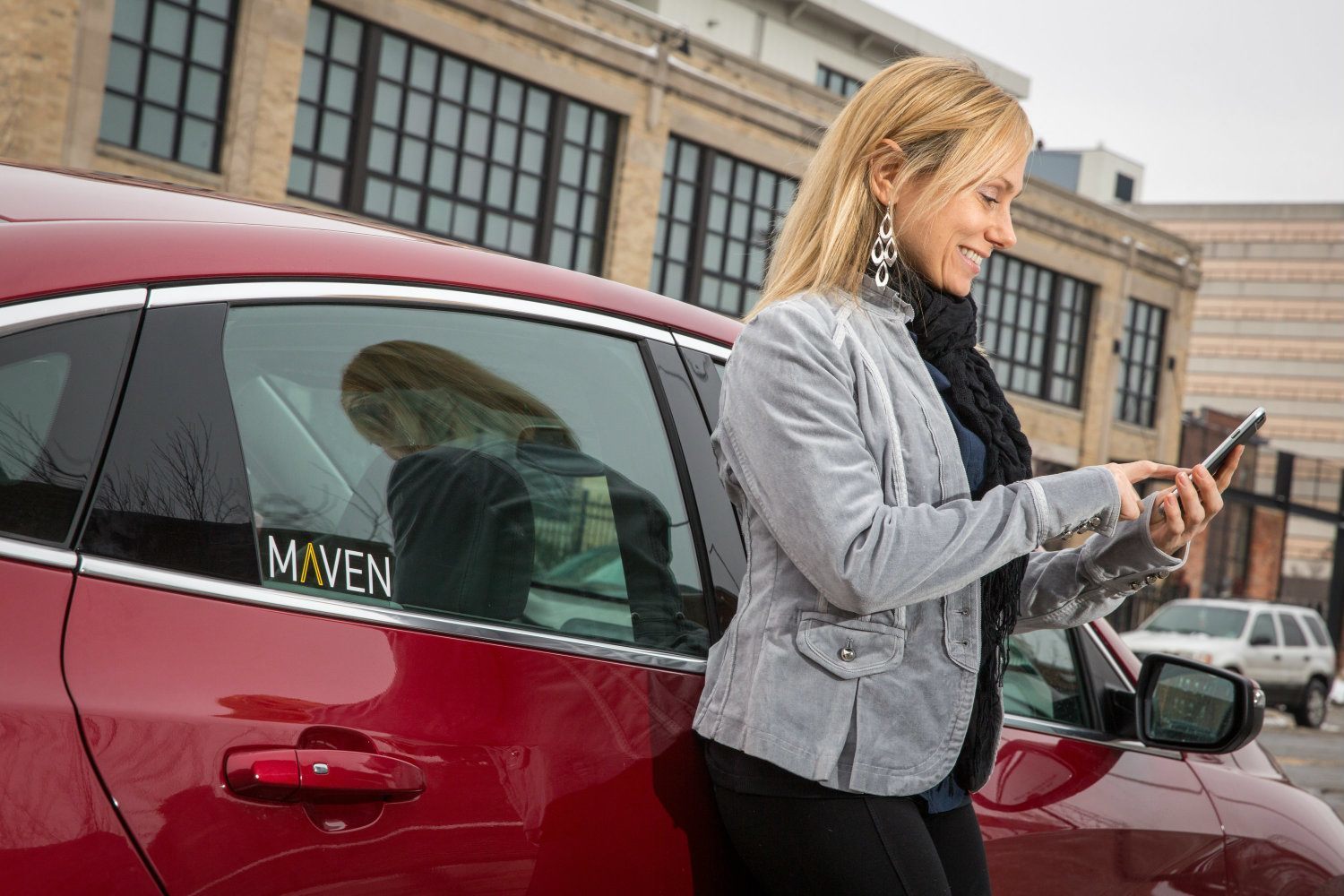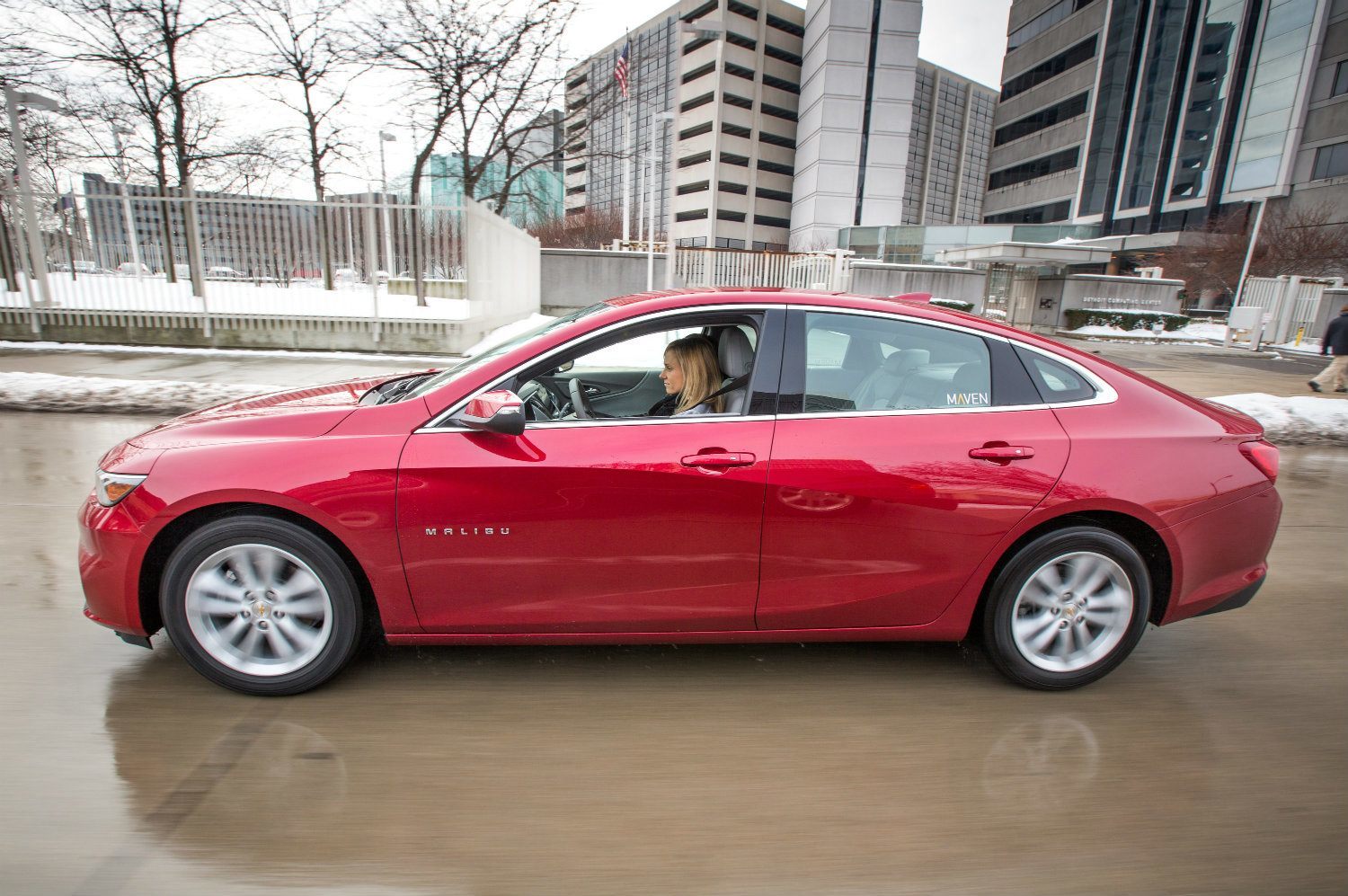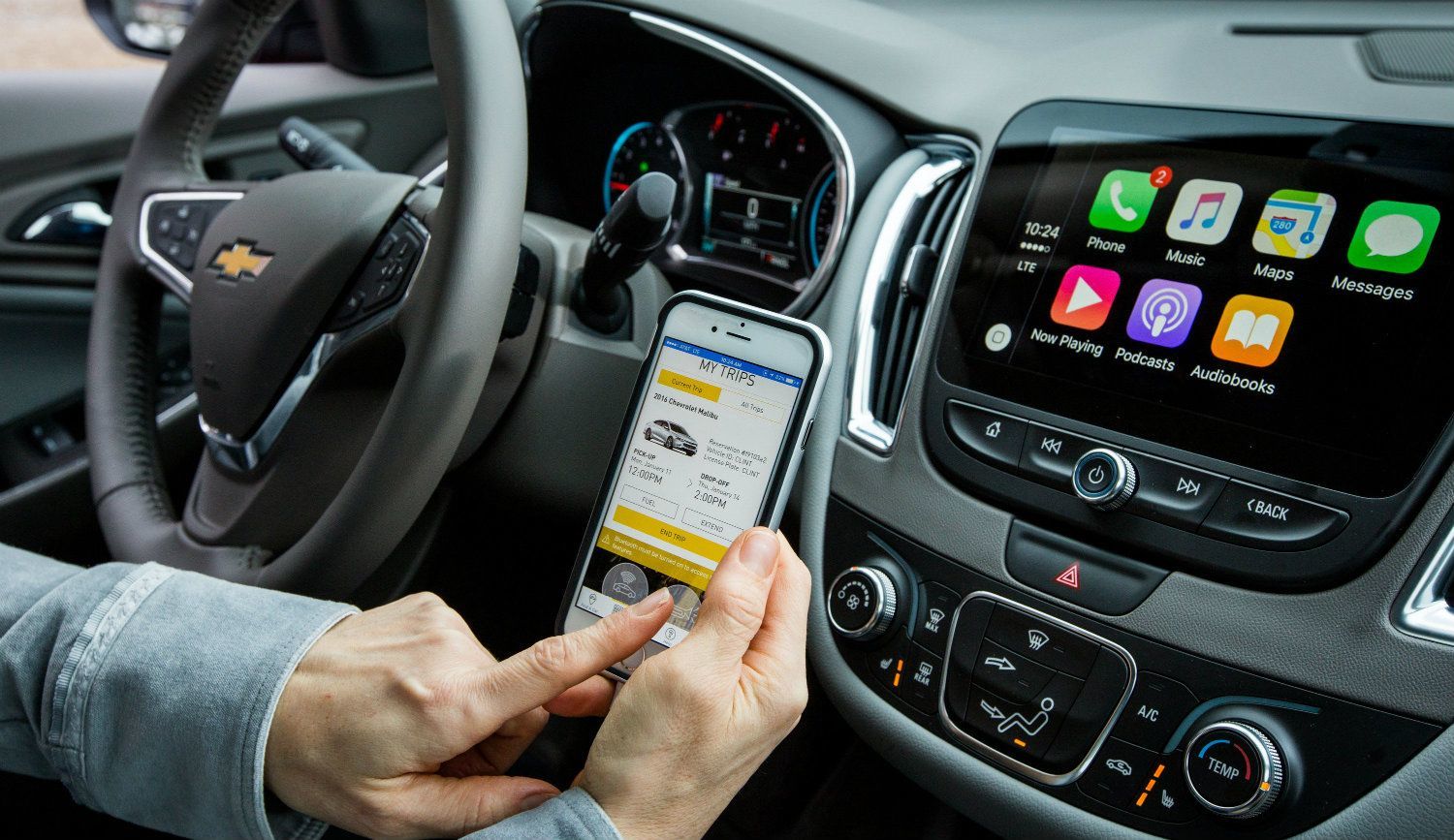“DETROIT and SAN FRANCISCO” reads the byline of the press release, and my first thought was: “you can get used to seeing a lot more of that.” Detroit, that is to say, American car manufacturers, see one way forward, and a way to greater profits: by adding more tech to their products.
And Silicon Valley tech geeks see yet another path to greater market penetration, that is, a path to greater profits, by teaming up with car manufacturers.
In this case, the two players are Maven and Uber.
Digital Platforms
Maven is General Motors’ personal mobility brand, or, as GM puts it: “Maven is car sharing, refined.” It’s a connected fleet of the newest GM vehicles linked via the latest technology. It allows users to personalize the entire Maven experience. Customers can bring their digital lives into the vehicles through Apple CarPlay and Android Auto, including contacts, favorites, and maps.
GM nor Uber make no mention of who owns this data once an user runs their digital life through a Maven/Uber car, but one would have to think this is a gold mine of deep demographic data that both companies can use for their own ends, and, of course, sell off to the highest bidder.
GM says pricing is simple and transparent for people that end up leasing a Maven/Uber car. They also extol the idea that using the “on demand car sharing program for ridesharing drivers offers flexible weekly terms with maintenance and insurance included.”
Opportunity & Frustration
Uber needs no introduction, but just in case you missed it, Uber Technologies, Inc., (their full name) are the guys that came up with a heckofa middle man scheme that seriously ticked off taxi companies. Uber is the app that allows you to bum a ride from regular people who have signed up as drivers.
Uber said that it was all part of the new “sharing economy,” but in reality it’s a way for four (five?) Silicon Valley nerds to be the country’s largest taxi company, without any of that messy stuff like driver liability, fleets of huge yellow cars, or responsibility towards existing convention.
It’s easy to see Uber as little more than a cynical ploy of tech jerks who saw a gaping hole in a system, stepped in to fill it, own it, monopolize it, and make more money than Croesus in the process. But it also occurs to me the founders of Uber were, at one point, standing on a foggy, cold street corner in downtown San Francisco one night, after a Giants game say, or perhaps a night at the symphony, and, like any other fine inhabitants of The City By The Bay, were vainly trying to hail a cab for the past 48 minutes with no success.
Really, it’s amazing how hard it is to get a cab in SF, and I could never figure out why. It’s one of the top ten topics of conversations on Monday mornings, especially after some sort of large event. So, honestly, I think Uber was, like so many inventions throughout human history, a confluence of opportunity and frustration.
At any rate, the whole point of Maven and Uber teaming up is to give people the option to lease qualified vehicles by the week or longer at discounted rates with no mileage limits. Sort of like more than a rental, but less than a multi-year lease.
Testing, Testing
The test run, which is a 90-day pilot program, will launch in San Francisco as part of Uber’s Vehicle Solutions program. Fancy sounding, no? The whole point is to provide driver-partners (i.e. Uber hacks) “flexible options to access vehicles they can drive on the Uber platform.”
In other words, it’s a way for you to be an Uber driver, without owning a car in the first place.
It’s a bizarre idea, and I’m not sure how sound of a business model it is. Something tells me the profit margins are going to be razor thin, but hey, Uber and The General must have run the numbers. Right?
“Only 10 months after launching Maven, we have implemented viable business-to-business platforms that GM can leverage to manage residual values for ex-lease and fleet vehicles,” said Julia Steyn, GM Vice President of Urban Mobility. “We announced an additional step for Maven to engage with professional partners across the car-sharing and ridesharing industry.”
As part of the test program, people who’ve signed up to drive will be able to use a qualifying vehicle parked at conveniently located spots throughout San Francisco. So far, they’ve only announced three cars as being part of the program: Chevrolet Cruze, Malibu, and Trax. All of which will probably be more than adequate for their designated mission.
Extra Scratch
Insurance coverage is included in the cost of every lease for a weekly price of $179 plus taxes and fees. Which, at first glance, does not seem too exorbitant. Maven also points out there are no additional fees if a driver utilizes the vehicle for personal use and the Chevrolet dealer network will provide support for servicing needs.
The implication, as far as I’m reading it, is that you get a car for $179 per week, and all you got to do is put gas in it and everything else is covered. If you want to pick up some extra cash, you can pick up rides for Uber users. There is no mention made of simply using the car for a week for that price and not giving anyone a ride, although I’m not sure what the point of that would be.
Does that work out cheaper than renting a car for a week?
Anyway, that’s the pilot program which will soon be scurrying around the streets of San Francisco. It’ll be interesting to see what comes of it.
Tony Borroz has spent his entire life around racing antique and sports cars. He means well, even if he has a bias towards lighter, agile cars rather than big engine muscle cars or family sedans.
Source: General Motors, Maven, Uber
http://www.automoblog.net/2016/11/10/uber-maven-mobility-money-meet/





No comments:
Post a Comment